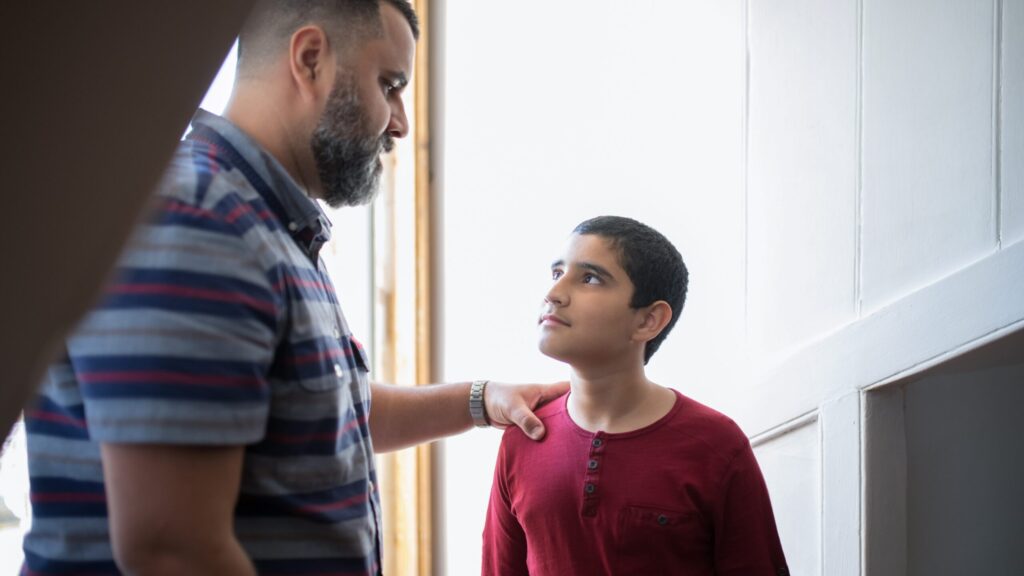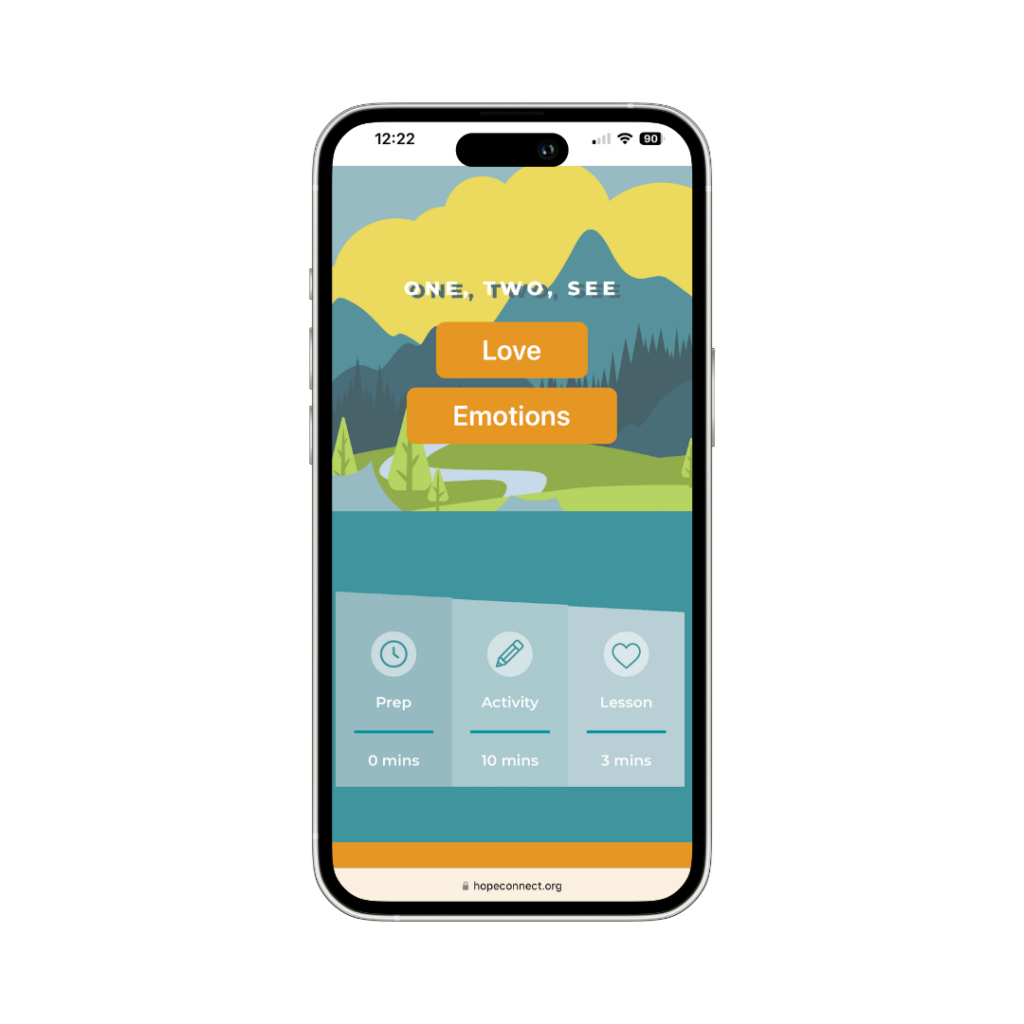When most people think of traumatic situations, they think of things like being the victim of a crime, witnessing violence or suffering from abuse or neglect. While these are certainly traumatic situations, they aren’t the only ones that can have an impact on your child.
If you’re a caretaker or parent, it’s important that you understand what trauma is and the effects of trauma on children. Read on to learn about the most common types of childhood trauma and how you can help your child heal from these painful circumstances.
What is Childhood Trauma?
According to The National Child Traumatic Stress Network, trauma is a “frightening, dangerous or violent event that poses a threat to a child’s life or bodily integrity.” Children can also experience trauma when they witness a dangerous event happen to a loved one.
The study of adults who were involved in Adverse Childhood Experiences (ACEs) reviewed the types of trauma that children might have experienced and their effects on them in adulthood. They listed the following types of trauma:
- Parental separation or divorce
- Household violence
- Household mental illness
- Household substance abuse
- Physical abuse
- Sexual abuse
- The loss of a family member
- Bullying at school
- Physical neglect
- Emotional neglect
- An emergency medical condition
- A natural disaster
This childhood trauma list gives you some idea of what could be considered a traumatic event for your child. The list is not all-inclusive, however, and may not apply to all.
Effects of Trauma on Children
If your child has experienced a trauma and it is left unaddressed, it can lead to negative mental, physical, and emotional effects through adulthood. Some immediate effects can be mood changes, difficulty in school, sickness, anxiety, depression and more.
Children in foster care carry the effects of trauma due to the neglect and abuse they experienced, the abrupt separation from their family or home, and/or the frequency of moves while in the system.
Yet, there is hope! As a parent or caregiver, there are several steps you can take to help combat the effects of trauma on children.
Steps to Help Your Child Heal from Trauma
Here are some of the steps you can take to counteract the effects of trauma on children.
- Provide a safe space of acceptance and understanding for a child who wants to share and process his or her experience. Reflect back to the child how difficult this experience must have been and that you are there to help them to get through it.
- Use early intervention through counseling, educating yourself as a parent, and building a strong support system through school programs, family members, and friends who are sensitive to what your child has experienced and who can empower and encourage you and your child on this healing journey.
- Implement Trauma-Informed Care (TIC). Learning to care for a child who has been through negative experiences can take patience and nuance, but Trauma-Informed Care teaches practical ways to connect with our child through a new lens.
- Help your child build resilience. If children can find positive coping skills and self-regulation during events and interactions, they are better equipped to fight the effects of their childhood trauma.
- Create a sense of safety where your child regains a sense of control after the traumatic event. Give your child healthy choices to make so that he or she is part of the process.
- Speak the Hope of God’s Word into their hurting hearts. HopeConnect is designed to help you connect better with your child through fun-filled activities that lead to speaking real and lasting biblical hope in their hurting hearts.
Navigating Childhood Trauma
Experiencing trauma doesn’t have to define or limit your child from becoming all that they were created by God to be — healing is possible!
Creating positive memories with your child and allowing them to consistently feel seen and heard has the power to overshadow trauma and lessen their effects. As you work to help your children heal, remember to remain calm and present when they are going through big emotions, and be patient as they learn to communicate what they need and how you can help.
And, of course, don’t forget to take time for yourself to fill your cup and practice self-care as you show up daily for your child.
KEY TAKEAWAY
It’s important to understand the effects of trauma on children — but it is completely possible for your child to heal from trauma’s effects. Shower your child in prayer and love, build a strong support network and implement TIC practices to help your child grow into the person God intended them to be. Trauma Informed Care is emphasized in EPIC Training. Registration at no cost to you can be found on the 4KIDS’ website and at EPIChealing.org
“When he saw the crowds, he had compassion on them, because they were harassed and helpless, like sheep without a shepherd.” ~Matthew 9:36 (NIV)
APPLICATION
If your children have experienced trauma, it might be easy for their minds to become cluttered with painful memories and worries. Transform an ordinary car ride into an opportunity to connect and teach your child about ordering their thoughts with Name the Most.
This simple game gives your child a chance to share their thoughts — and learn how Jesus wants us to cast our worries on Him. Find it now in the Everyday MomentsTM activities collection!





